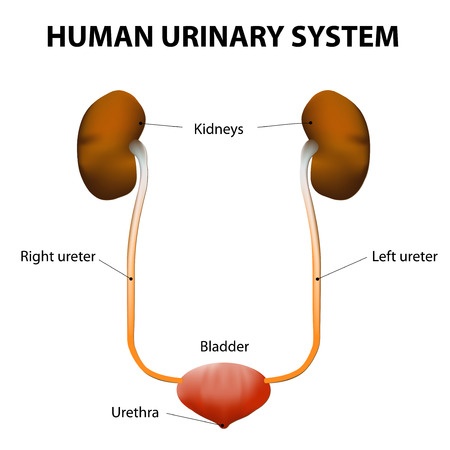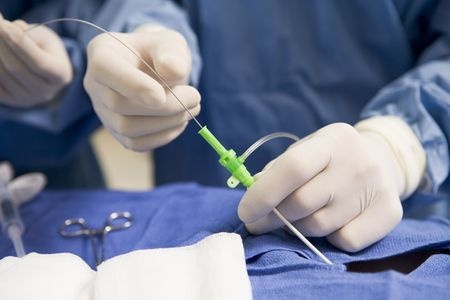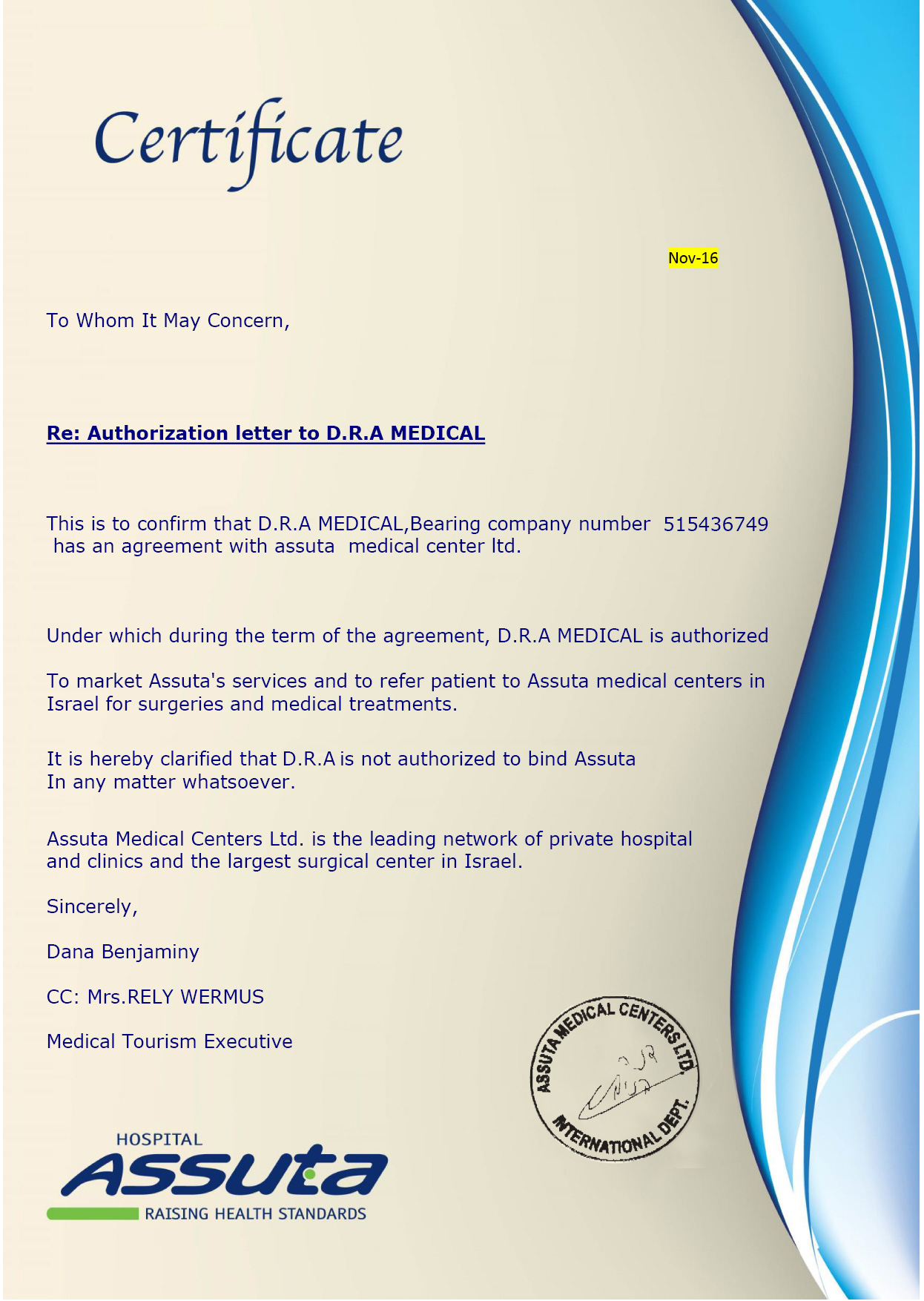Overview
A urinary tract obstruction occurs when the flow of urine is blocked somewhere along the urinary tract. Certain parts of the urinary tract are more susceptible to obstructions than others. Nevertheless, the obstruction can occur at any point along the tract.The obstruction of the urinary tract can be a result of a multitude of internal factors and various compressive or restrictive extrinsic forces. It can affect both men and women, most frequently the eldest and the youngest patients.

Symptoms
Clinical manifestations differ depending on the location of the obstruction. The symptoms listed below refer to the two main categories of urinary tract obstruction.
- Upper tract obstruction: flank pain of a diverse nature (dull, sharp, etc.) and intensity (ranging from bearable to intense), felt on one or both sides; the patient is incapable of being still; nausea and vomiting; fever; the kidneys feel tender and enlarged upon palpation. Chronic obstruction of the upper part of the urinary tract is often asymptomatic, however.
- Lower tract obstruction: lower abdominal pain; urge to urinate more frequently than normal; a feeling that the bladder is not adequately emptied; blood in the urine; an increased need to urinate at night; physical examination may reveal a distended bladder.
Risk factors
The list of risk factors for urinary tract obstruction is extensive, as they depend on the condition that is causing the obstruction (e.g. kidney stones, prostatitis, etc.). It is important, though, to get a medical appointment as soon as you identify any or some of the symptoms mentioned above. Possible complications of urinary tract obstruction include severe damage to the kidney or bladder. They may result in renal failure and incontinence.Diagnosis
Blood and urine tests - Should a suspicion regarding the presence of urinary tract obstruction arise, blood and urine tests are commonly ordered. These allows for the preliminary evaluation of the renal function and for the identification of any infection that might have settled.Imaging investigations - Imaging studies are crucial for diagnosing the urinary tract obstructions. Ultrasound technology is used to get a look at the pelvic region and kidneys. This helps to identify where the blockage is located and where the urine is accumulating. If the doctor detects a possible abnormality that requires further investigation, other imaging tests will be ordered, such as an X-ray and/or a CT scan.
Treatment
The treatments to tackle the urinary tract obstruction differ depending on the type of obstruction a patient has.Medicines - Analgesics are prescribed for the majority of patients, in order to help manage the underlying pain. Prophylactic antibiotics might be prescribed for patients with a partial obstruction and no infection, until a complete urologic evaluation is conducted.

Surgery - To remove or relieve the obstruction, a surgical approach is typically needed. If the obstruction is caused by a mass, such as a tumor or a polyp, removal of the said mass is enough for urine to flow adequately again.
Procedures to be employed for obstruction relief are diverse and depend on the point of obstruction.

Surgery - To remove or relieve the obstruction, a surgical approach is typically needed. If the obstruction is caused by a mass, such as a tumor or a polyp, removal of the said mass is enough for urine to flow adequately again.
Procedures to be employed for obstruction relief are diverse and depend on the point of obstruction.
-
Lower urinary tract obstruction: placement of a catheter through the urethra or through the abdominal wall, extending to the bladder
-
Upper urinary tract obstruction: placement of a stent in the ureter or in the kidney. A stent is a mesh tube that opens up inside the area that is blocked.









